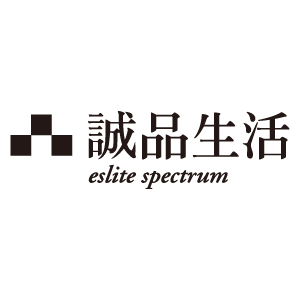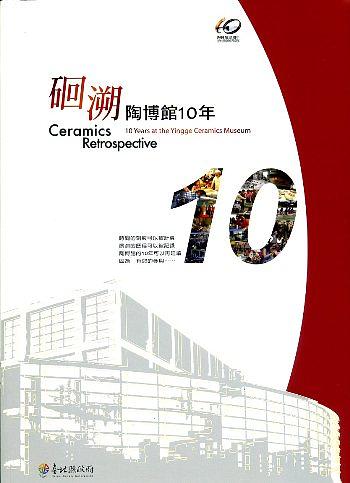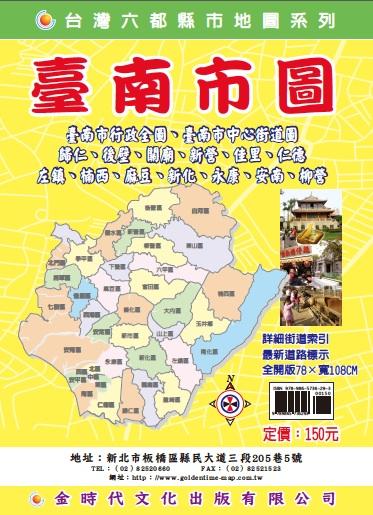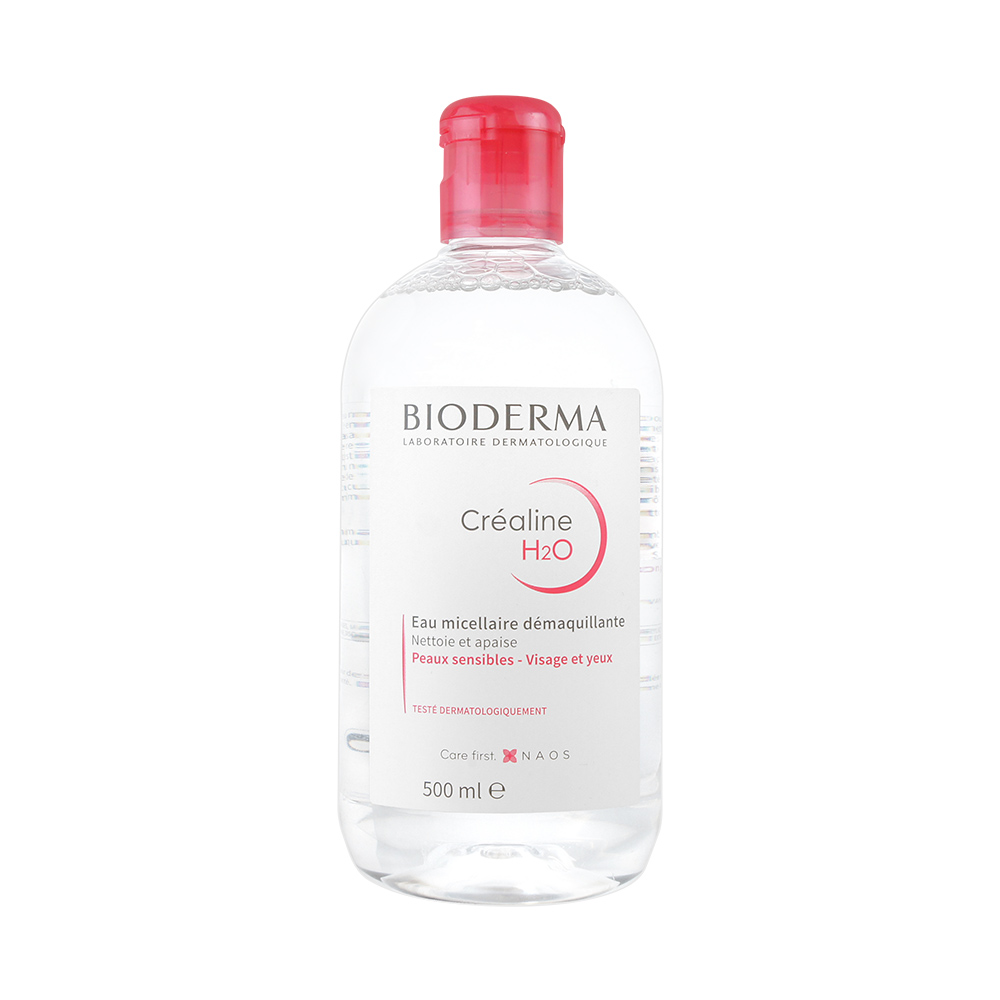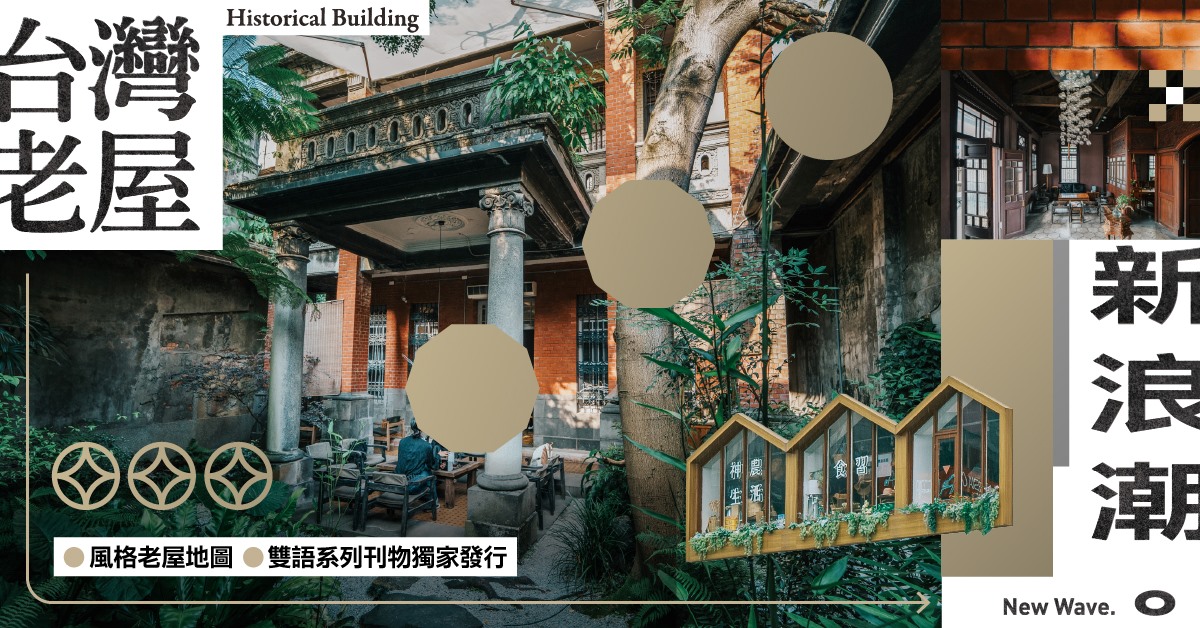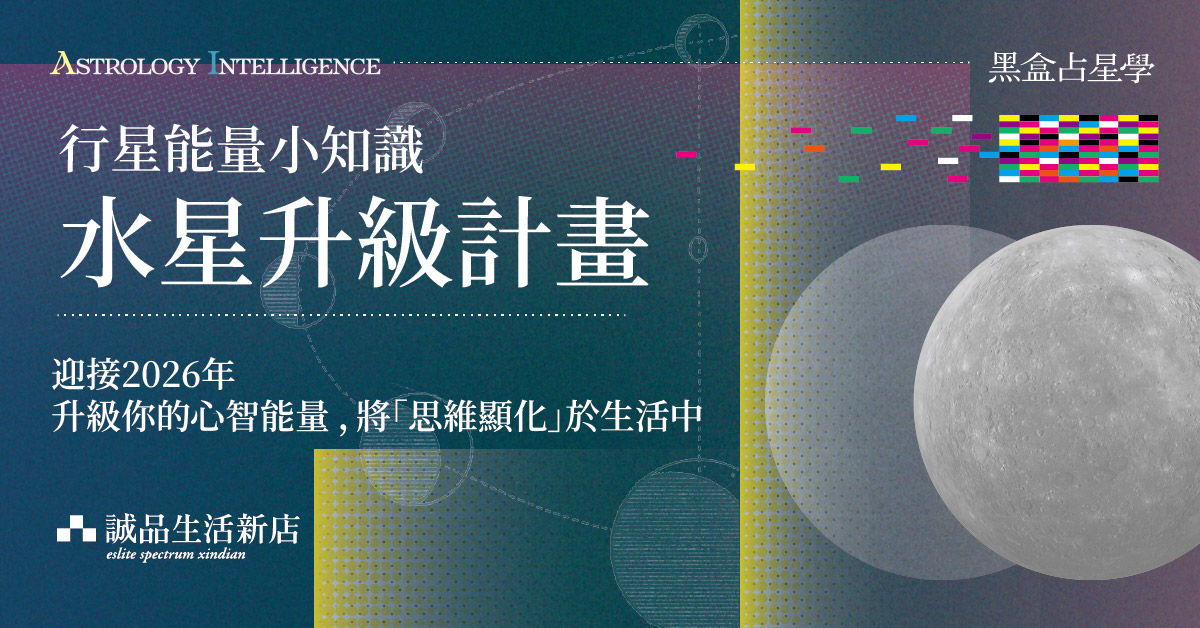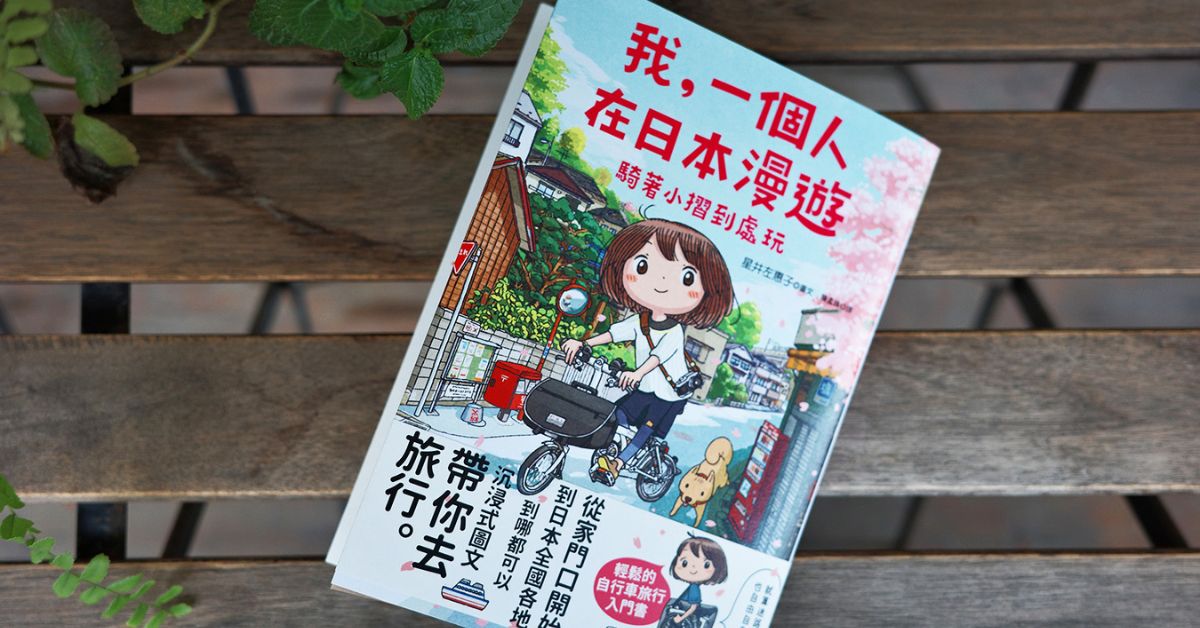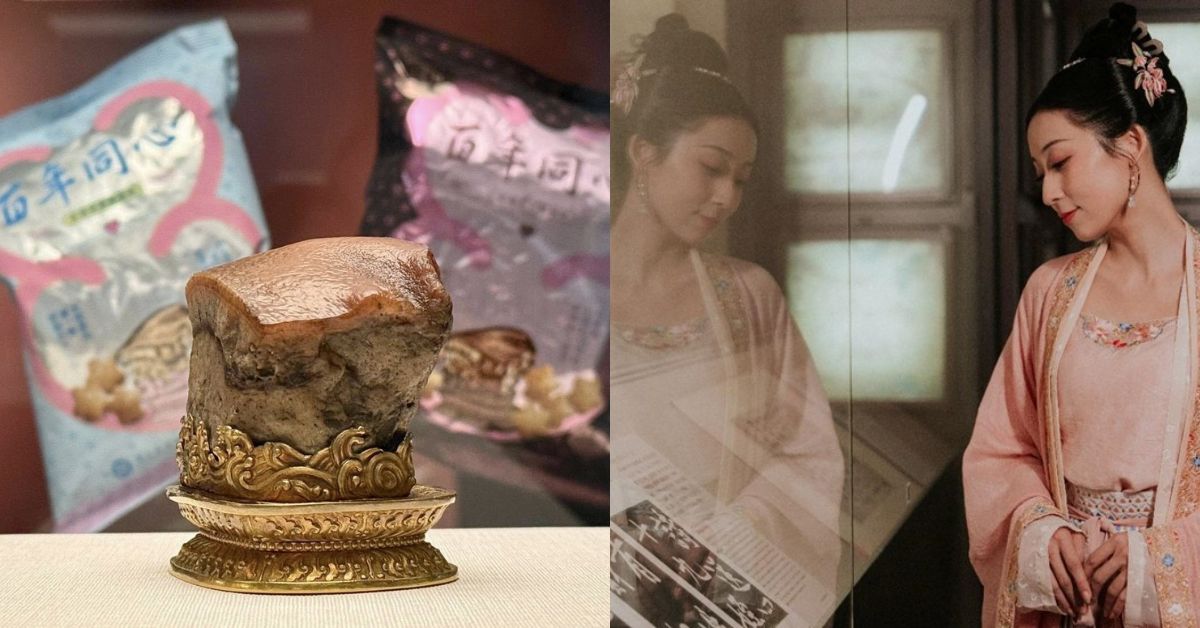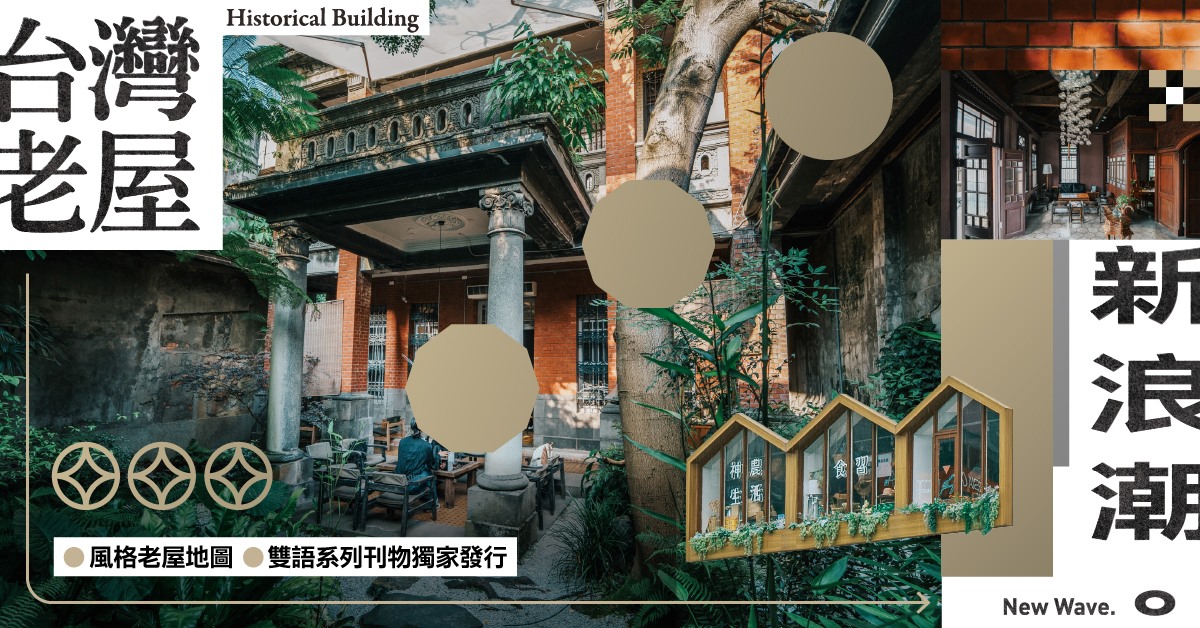
风格老屋地图|大稻埕叶晋发商号 ── 米谷的百年鎏金「穗」月
撰文 誠品生活南西Yehjinfa Rice Story Museum, Dadaocheng — A Century of Golden Grains, Rooted in Rich Heritage
摄影暨资料提供 老屋颜|Photography & Information Provided by Old House Face Studio;插画 Tom Parker|Illustrator Tom Parker;编辑 杨涵砚|Editor Lala Yang;平面设计 吴岳轩|Graphic Design Yue Syuan Wu
屋龄:逾135年
Building Age : over 135 years
\大稻埕俗谚:叶家历史即等同北街历史/
\As the local saying goes: “The history of the Yeh family is the history of North Dadaocheng.”/
──找回叶家的根即为找回自我的价值
──Rediscovering the Yeh family’s roots is a journey to reclaim personal identity and value.
|溯古 Then|
日治大正时期(约1923年),台北桥叶家在迪化街北段购置洋式立面街屋作为经营碾米事业的土砻间而发迹,成为大稻埕米谷产业最具影响力的家族之一。民国50年後将二进式建筑,从一进天井到二进宴客厅,忠实呈现百年来的家族进程,在2016年被登录为台北市政府文化局历史建筑。
During the Taishō period of Japanese rule (circa 1923), the Yeh family of Taipei Bridge acquired a Western-style shophouse in the northern section of Dihua Street to launch their rice milling business. This became the foundation of the Yehjinfa enterprise, establishing the family as one of the most influential forces in Dadaocheng’s rice industry. In the 1960s, the second courtyard of the traditional two-section building was transformed into a reception hall, extending from the central courtyard to the rear. The structure faithfully captures the evolution of the family’s legacy over a century. In 2016, it was officially registered as a Taipei City Historic Building by the Department of Cultural Affairs.
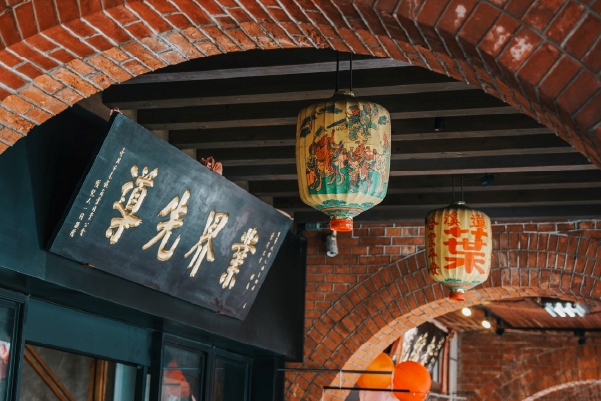
|即今 Now|
目前由叶家五代叶晏廷以博物馆形式经营商号原址,秉持「还原历史文化根本凝聚家族力量」的核心思想,深耕在地长者关怀与儿童教育,自2016年迄今举办上万场导览及体验活动,并期待未来将会转译在地历史符码,探索文创产业多元发展的商业模式。结合当代消费趋势及台湾在地物产,提供谷类手摇饮、伴手礼与IP经济产业转型,持续发扬台湾米谷魅力。
The original site is now managed by fifth-generation descendant Tom Yeh, who operates the space as a cultural museum. With the mission of “restoring historical and cultural roots to strengthen family ties,” the museum actively engages in community elderly care and children’s education. Since 2016, it has hosted thousands of guided tours and hands-on experiences. Looking ahead, the museum seeks to reinterpret local heritage through innovative cultural and creative ventures, exploring sustainable business models rooted in place-based storytelling. Embracing contemporary consumer trends and Taiwan’s local produce, the museum offers grain-based handcrafted beverages, curated souvenirs, and branded merchandise, revitalizing the enduring appeal of Taiwanese rice culture.
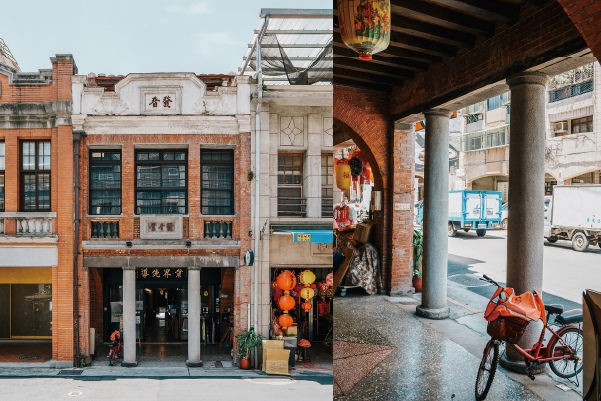
大稻埕早期洋式立面街屋建筑形式,骑楼砖造拱圈、山墙立面上的谐音寓意平安酒瓶造型栏杆镶饰可揭露年代。
The early Dadaocheng-style shophouse features include a brick arcade and decorative balcony railings shaped like wine bottles—a phonetic pun symbolizing peace and prosperity, and often used to date the structure.
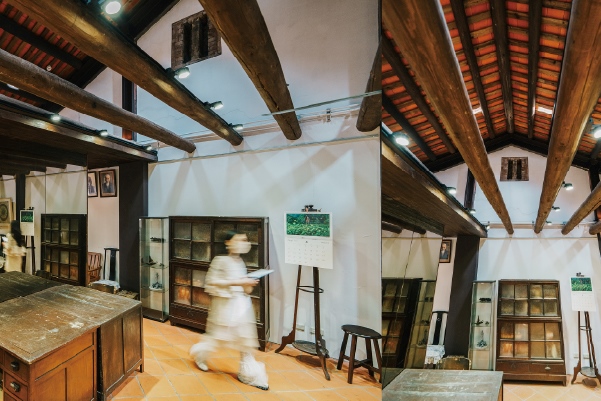
三楼前段的建筑采「硬山搁檩」构造设计主要目的在於散热与储藏,彰显闽式建筑的智慧。
The third-floor front section was constructed using a yingshan gelian (beam-supported gable roof) structure, designed for ventilation and storage, and a hallmark of Minnan (Southern Fujian) architecture.
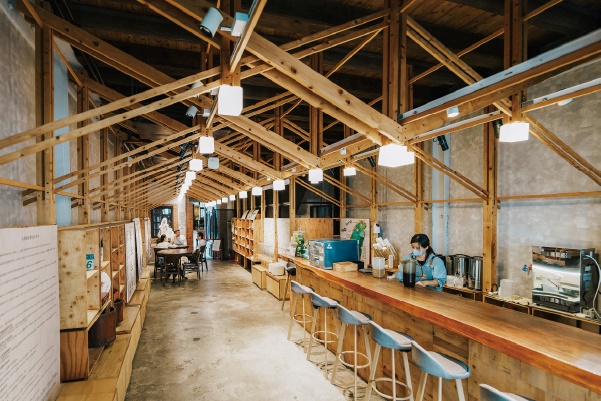
一楼前段开放式空间,以日式谷仓桁架概念设置卯榫无钉的木构展架,可完整维护历史建筑墙面不受损伤。
The front exhibition area on the first floor showcases timber frameworks inspired by Japanese rice granaries, built using traditional mortise-and-tenon joinery with no nails—preserving the original historic walls without damage.
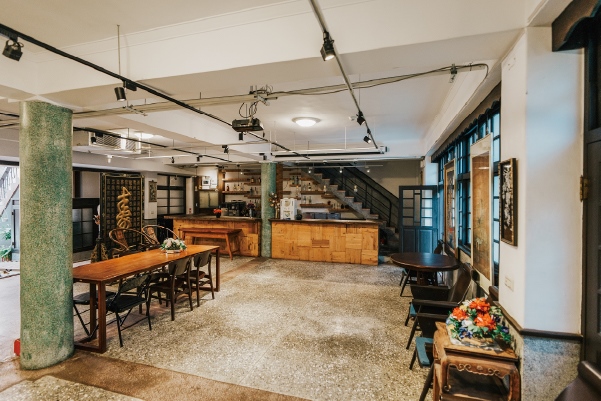
50年代後段二进空间由二代主人改建为「礼堂式空间」,采磨石子地坪与圆柱当代设计。
The rear “ceremonial hall” space, renovated by the third-generation owner in the late 1960s, features terrazzo flooring and cylindrical columns in a modernist design.
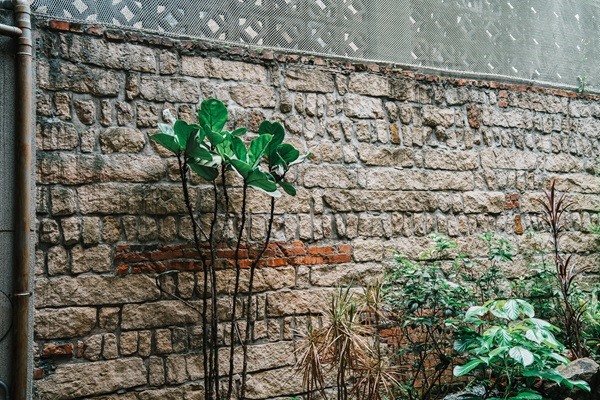
据考究台北建城历史,叶家花园墙面的北投唭哩岸石材来源极有可能为台北城门。
According to urban historical studies, the stone used in the garden wall, harvested from quarries in Beitou’s Ki-Irigan (Qilian) region, may have originated from the former Taipei City Gates.
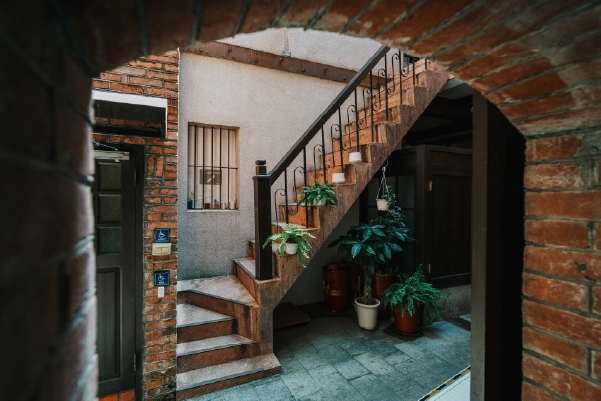
大稻埕叶晋发商号
周三-日 13:30-17:00/周一-二公休
Wednesday–Sunday 13:30–17:00 (Closed Mondays and Tuesdays)
台北市大同区迪化街一段296号
No. 296, Section 1, Dihua Street, Datong District, Taipei
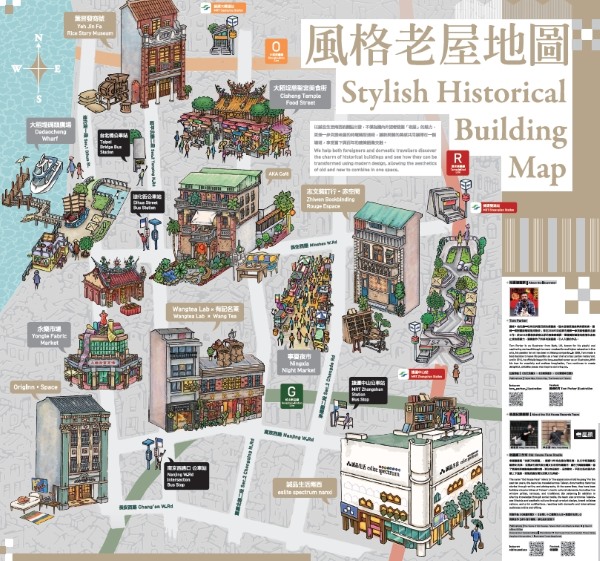
看完整插画地图 See the full illustration map


